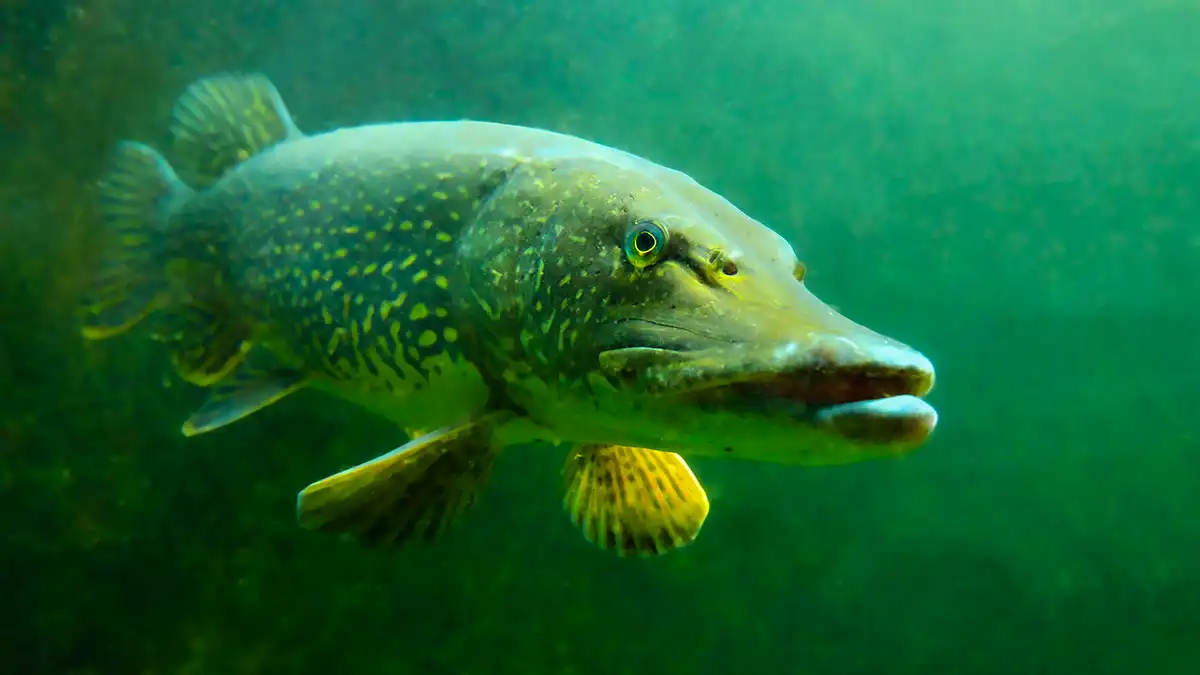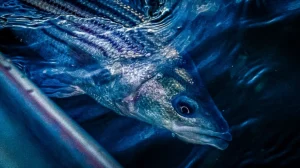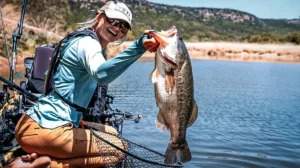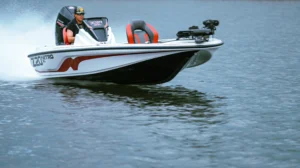Invasive northern pike are expanding their territory in Alaska by using salt waterways to invade new freshwater areas in the south-central area of the state, according to a study recently published by the journal PLOS ONE titled, “Estuarine dispersal of an invasive Holarctic predator (Esox lucius) confirmed in North America.”
The study says that University of Alaska Fairbanks researchers working with the Alaska Department of Fish and Game (ADFG) discovered the spread of the invasive northern pike by analyzing small ear stones called otoliths from fish caught in the region. This is the first documented proof that pike are using estuaries where fresh water mixes with ocean water to colonize new territories.
The otoliths have a unique composition of strontium isotopes in their layers, which can be matched with chemical signatures of various waterways, showing researchers exactly where a fish has traveled throughout its life. Previously, it was thought pike only used freshwater corridors to spread, along with being illegally introduced to waterways by human beings.
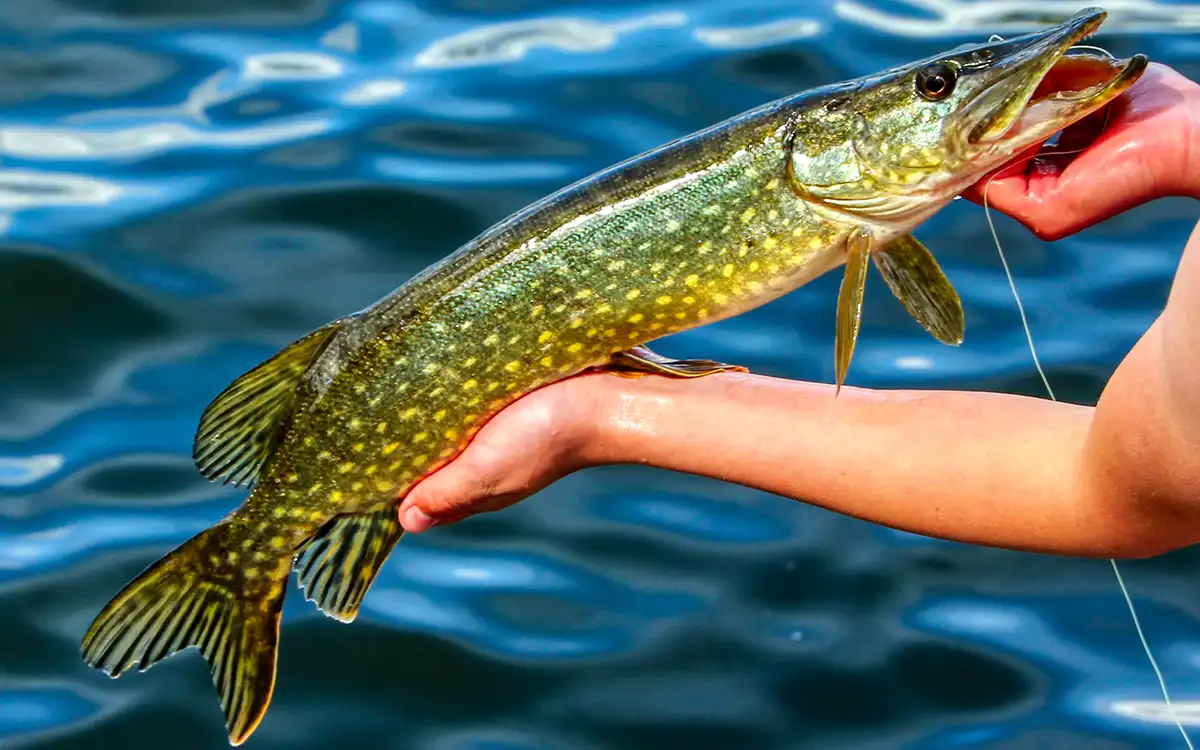
The study, which has been ongoing since 2019, found three pike from three different locations bearing isotopic signatures matching that of the upper Cook Inlet. Those fish were then caught in freshwater habitats that connect the Cook Inlet, Campbell Lake, Westchester Lagoon, and Vogel Lake on the Kenai Peninsula.
There’s often confusion over the northern pike’s place in Alaska, but it’s pretty cut and dried: as the ADFG says, the fish are native to some parts of the extremely large state, and are considered non-native or invasive in others.
Pike are located generally above the 40-degree latitude line in northern Europe, Asia, and North America. However, during the last ice age, glaciers locked up the area south and west of the Alaska Mountain Ranges forming a geologic barrier that determined how the freshwater fish that exist in the state today developed over the centuries.
Pike and other species were restricted to drainages in places not covered by ice. For 10,000 years, pike lived in the interior and western region of the state. They couldn’t be found in southcentral waters until the late 1950s.
What exactly happened is contested, but the ADFG says the most agreed upon version of the story has a pilot illegally transferring pike from the Minto Flats near Fairbanks and releasing them into Bulchitna Lake where he had some property.
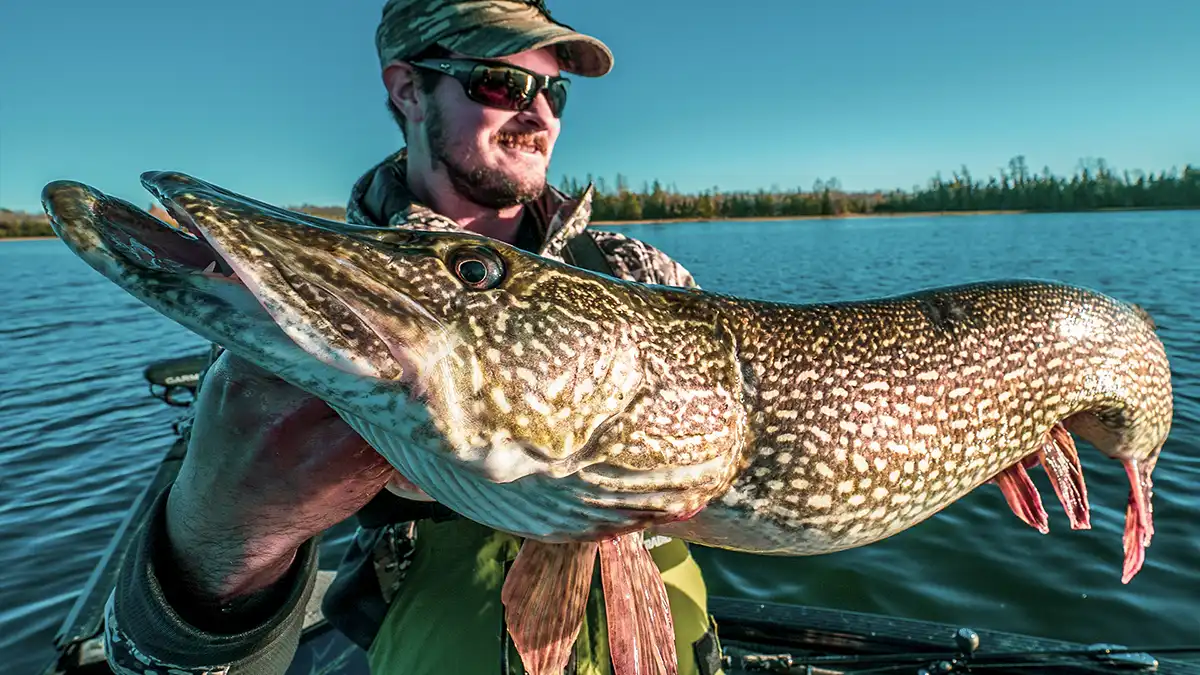
Years later, flood waters flushed these pike out of the lake and into the surrounding waterways where they had never been found before. Anyway, that’s the story. Since then, pike have spread both on their own and via people moving them to new waters.
“Today, pike have been found in close to 150 waters, and in most of those, the consequences have been catastrophic for native fisheries and the local economies that rely on them, making pike one of the worst invasive species in Southcentral Alaska,” the ADFG says on its website.
It’s easy to understand why indications that pike are expanding their territory even more is especially concerning. Discovering pike are using estuaries to spread to ocean-connected waterways means places where pike have been eradicated could be re-invaded.
In south-central Alaska, habitats with shallow, vegetated water were prime areas for pike to thrive, but they also functioned as important rearing grounds for species like coho salmon, Chinook salmon, and rainbow trout, according to the ADFG. The predatory pike introduced to such areas where other fish have no place to run or hide, will quickly decimate the local populations. That’s precisely what happened on Alexander Creek where pike were a main driver of the Chinook salmon fishery loss there.
It’s not good for native fish, and ultimately, it’s not good for the invasive pike either.
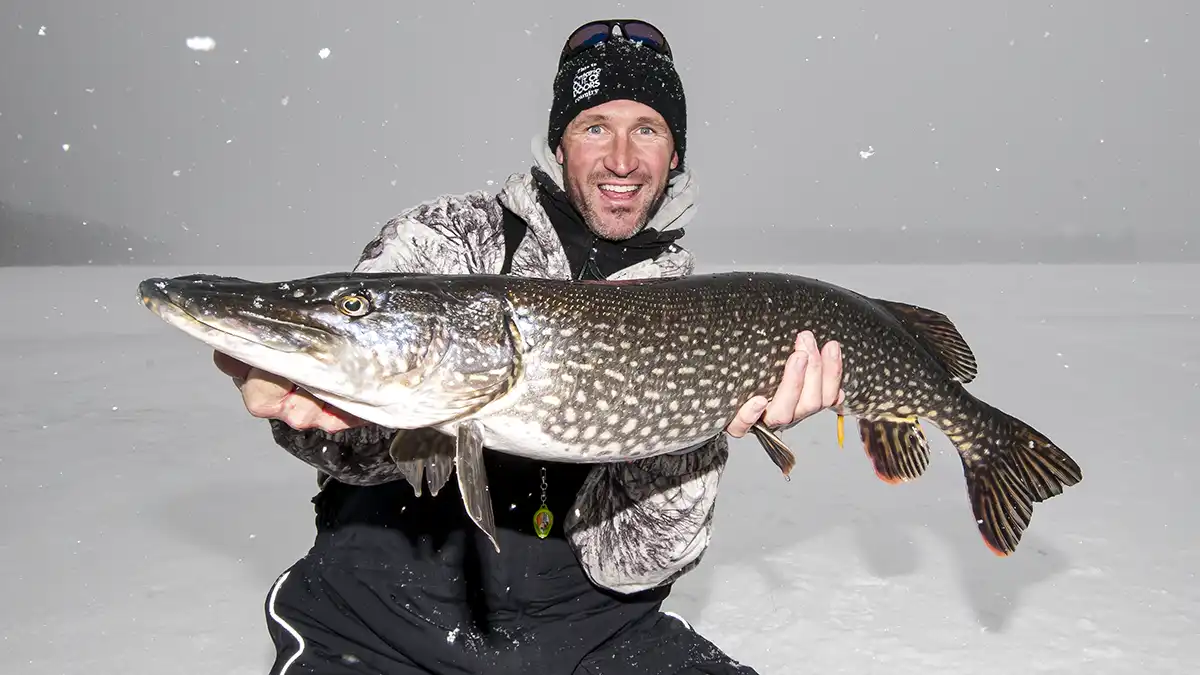
“In shallow lakes in Southcentral, a pattern repeats many times where pike get introduced and initially do quite well because they have abundant prey sources. Pike are opportunistic predators, meaning they will eat anything that they encounter,” the ADFG says.
“However, research studies in Southcentral have shown that if juvenile salmon are available, they are typically preyed upon first. In the worst-case scenarios, they are preyed on so heavily that every last one is eventually eaten by pike.
“When this happens, pike move on to other less desirable fish prey, like spiny sticklebacks and sculpins. Eventually, these populations go away too, and all that is left for pike to prey on are water bugs, the occasional duckling or mouse, and sometimes even each other.”
“When prey quantity and quality depletes like this, the pike no longer have the energy available to support their growth, and remaining fish stay small and skinny,” the ADFG says. “These stunted pike continue to reproduce, but few of them get very large, and eventually all that is left is a population of very abundant and skinny ‘hammer-handle’ pike.”
But this new scientific ammunition about how pike are spreading could actually be useful in stopping them.
“Confirming northern pike can use this pathway gave us the information we needed to now focus on preventing this spread and protecting valuable habitats,” said Parker Bradley, an ADFG invasive species biologist, in a post on phys.org.


